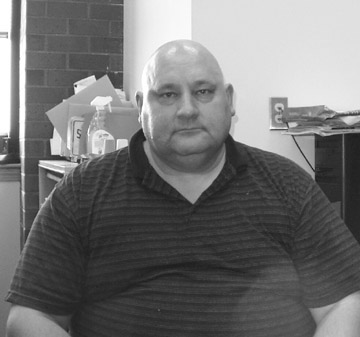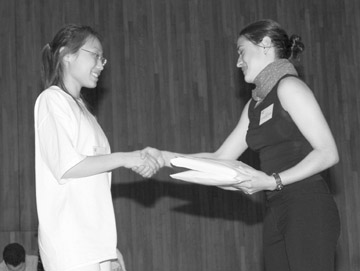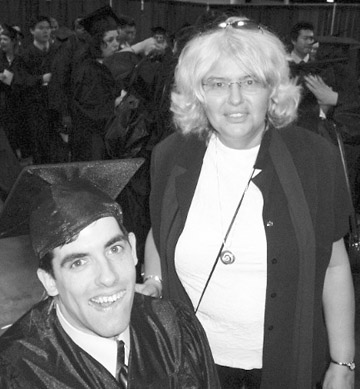UMass Poll Trending for Higher Turnout
April 15, 2004
A trend has emerged for higher voter turnout this year, according to analyses of a special poll released by UMass Boston at the debut of the Center on Media and Society last week.
Seventy-eight percent of Massachusetts residents ages 18-30 say they’re following the campaign. The same amount of Massachusetts residents read the newspapers regularly, compared with a national average of 63 percent. The Boston Globe and Herald dominate across the state.
“I say it’s a trend,” said Lou DiNatale, director of the UMass poll, after a panel consisting of him and several UMass Boston and Harvard professors disbanded. “I think we’ve got a trend for higher turnout, and that’s bad news for Republicans. Higher turnout generally votes against the incumbent, regardless of party.”
The poll was taken March 29 to April 5 of 463 residents and voters. Released for the “What’s On the Mind of the Massachusetts Voter” panel, it has a margin of error of plus or minus five percent.
On the panel, Harvard professor Thomas Patterson expressed support for lowering the voting age to sixteen, an idea currently under debate in California and Florida, and in Texas and Hawaii where proposals have been introduced. “The idea behind that concept is that you pass your first national vote, either midterm or presidential, while you’re still in school. Which means the schools can organize it and de-mystify it.”
One of the reasons young people don’t go the polls is they are afraid that they’re going to be embarrassed and not know what to do, said Patterson. “We can get that first pass. If we can catch people in one of the first three presidential elections, they’re likely to vote, not necessarily every time, but with some degree of regularity throughout their adult life. If they miss the first three, most of those people are gone.”
Carol Hardy-Fanta of the Center for Women in Politics and Public Policy was on hand to give a gender analysis of the poll. “Women virtually disappeared after 9/11,” she said, gone from panels and the Sunday talk shows.
“Women need to have their voices heard,” she said, noting that eight million more women vote than men. Men and women are evenly split on gay marriage, which reflects what she has been picking up from the legislature. “That’s why gender analysis is so important,” she said.
The poll drew criticism for not being representative of minorities, as well as not taking into account income, languages spoken, and those with college degrees. “It has its uses, and it has its limitations,” said panelist and political science Prof. Paul Watanabe. Watanabe, who is also the director of the Institute of Asian American Studies, added, “We cannot ignore the twenty percent of our population who are people of color.”
“I’d just like to reinforce a little bit of what Paul said and modify it slightly,” said Harvard professor Thomas Patterson. “I noticed the same thing as I was going through the poll.”
Mentioning that he had recently done some expert testimony in a court case relative to the issue, he said, “It was pretty clear that minorities had been undercounted by a factor of 2 in the poll.”
Fifty-four percent of those polled have a college degree or higher, and the actual figure in Massachusetts is thirty-five percent, Patterson said. This would inflate many of the indicators, such as newspaper readership and interest in politics. Massachusetts in general is higher than the national average on “the kind of indicators we’re talking about,” he said. “I think the poll is quite informative and instructive, even though it has liabilities, the inability to talk about racial and ethnic groups. That’s a polling problem. It’s a severe one,” and a common one.
“It’s a voter file of 400, so the voter file is going to skew off the demographics,” said DiNatale. “They’re about half of what their voter profile should be, based on their population. But that is in fact the actual representative turnout. Because these are fixed to both turnout by ward and precinct, including black and Hispanic precincts.”
All-black, all-Hispanic, and all Asian-American surveys and polls have been done on a regular basis to compare attitudes and see if there are significant differences. “And while there are some, in fact, most of their patterns and opinions of the minority communities are really reflected in the majority opinions,” DiNatale said. “This doesn’t solve the problem of not being able to do an ethnic analysis. You never can.”























































